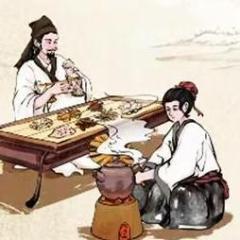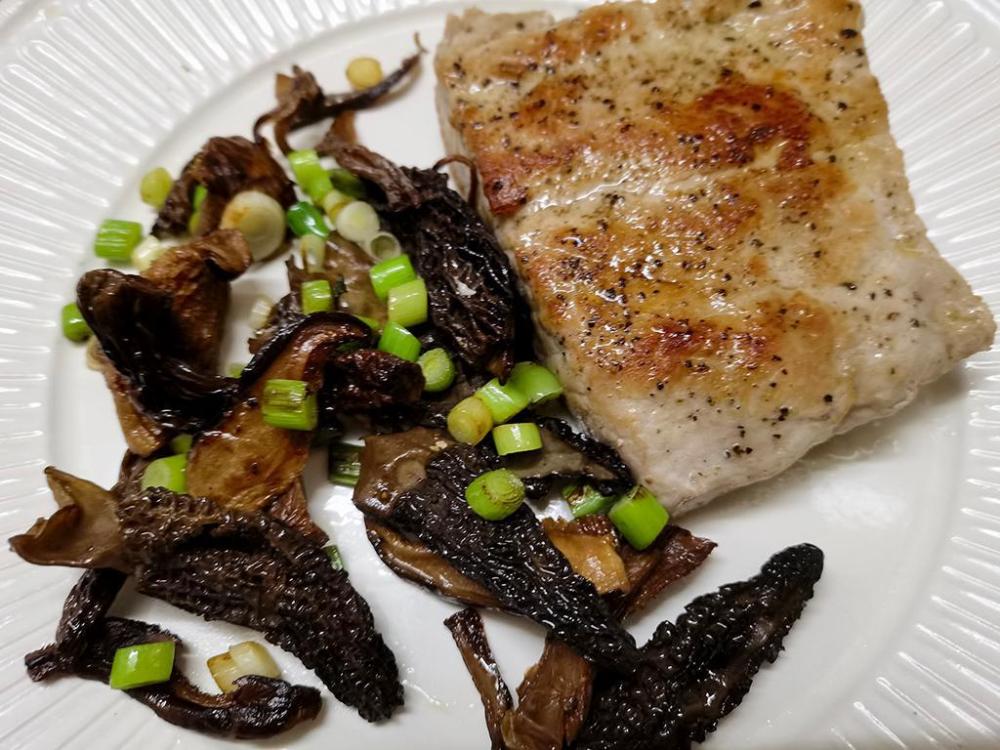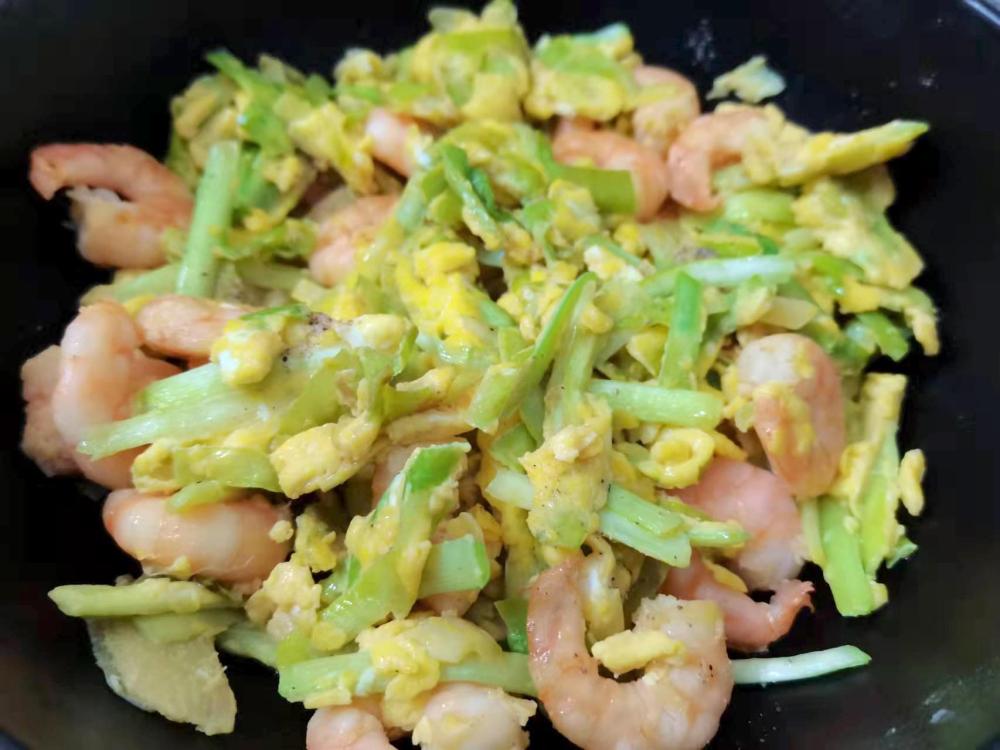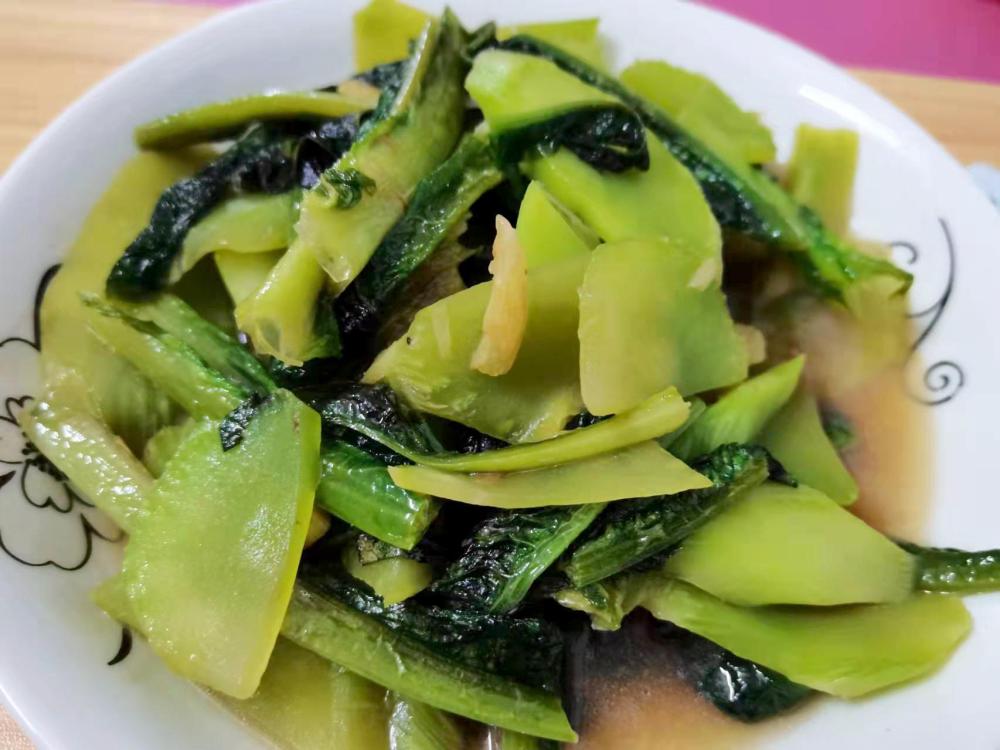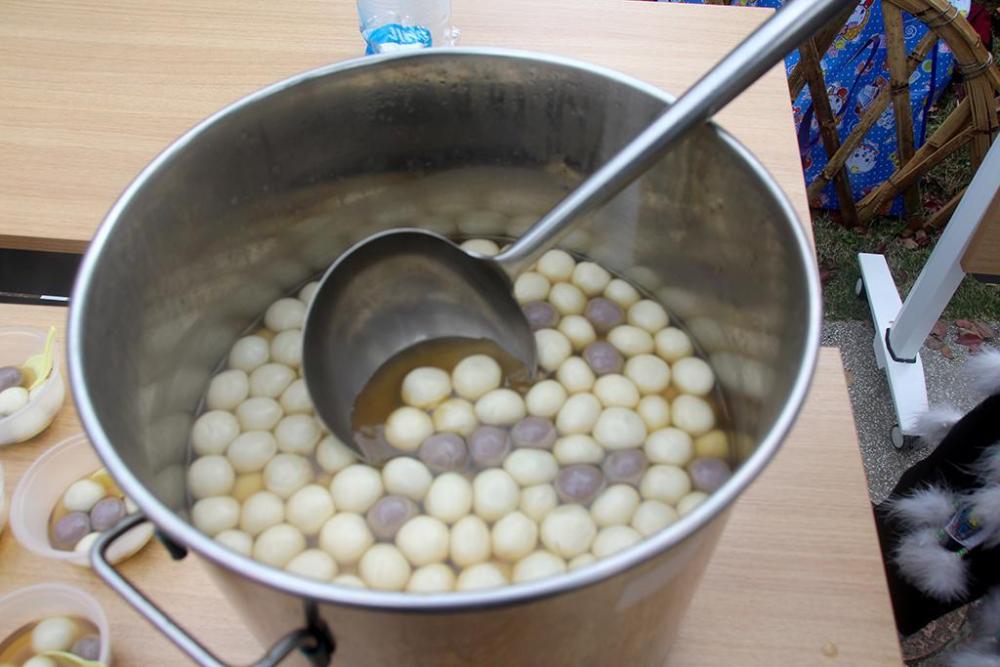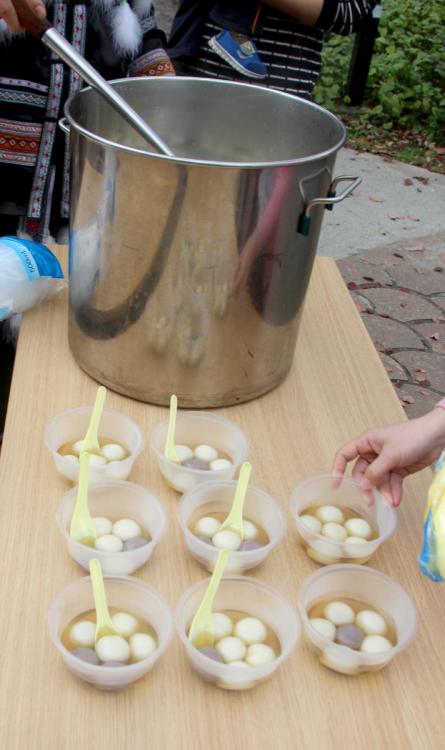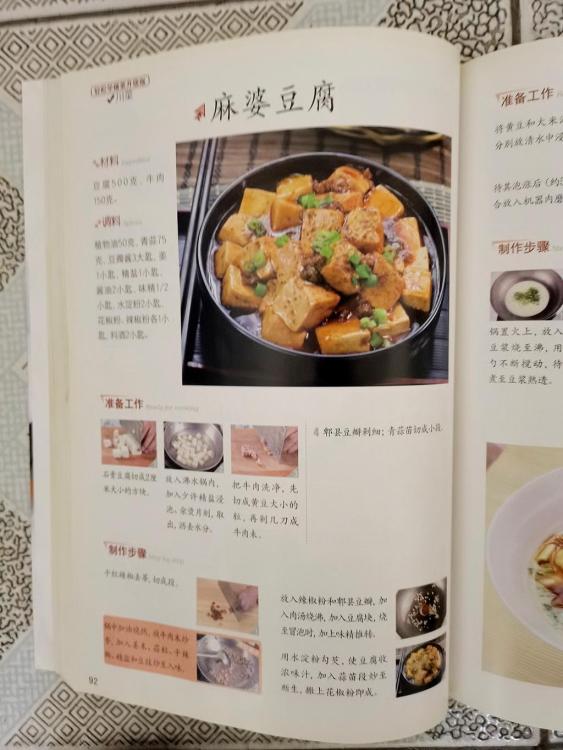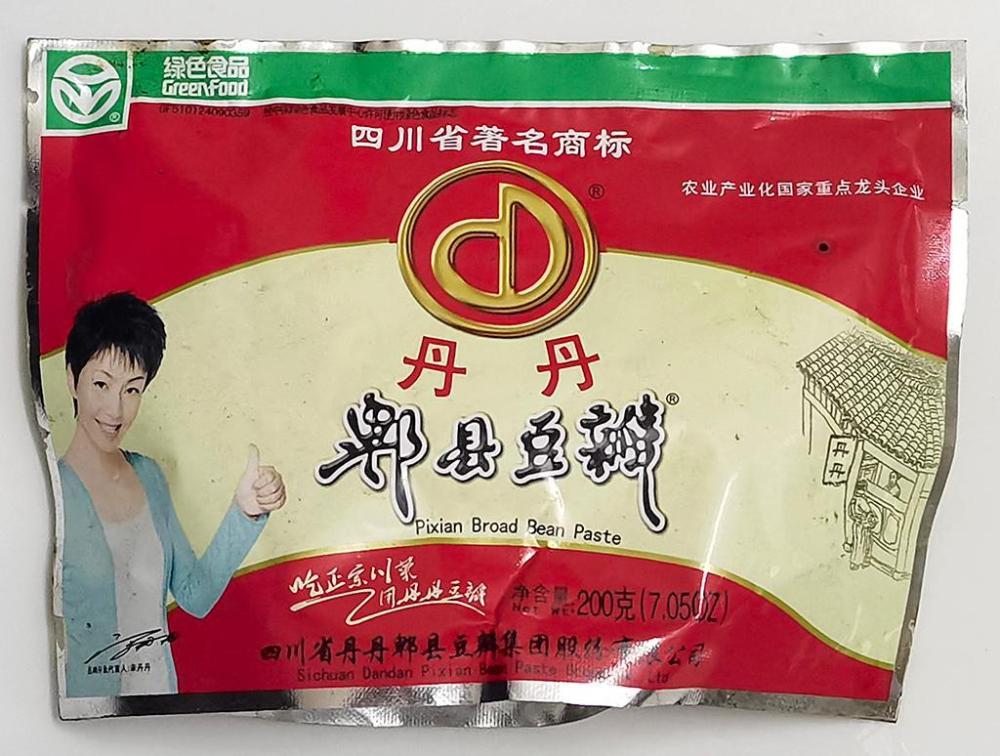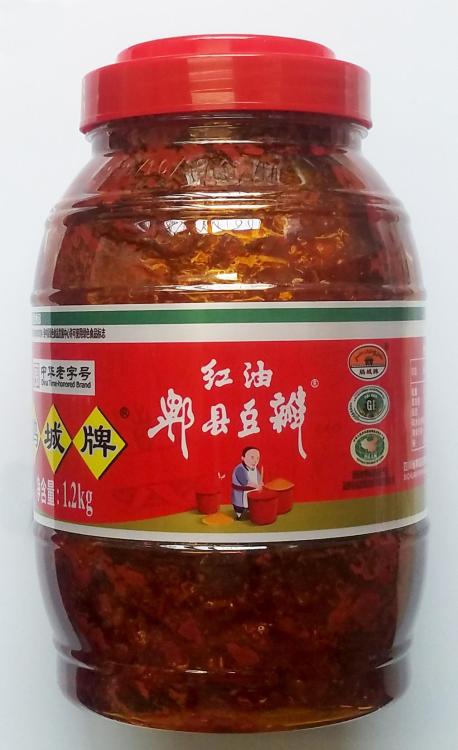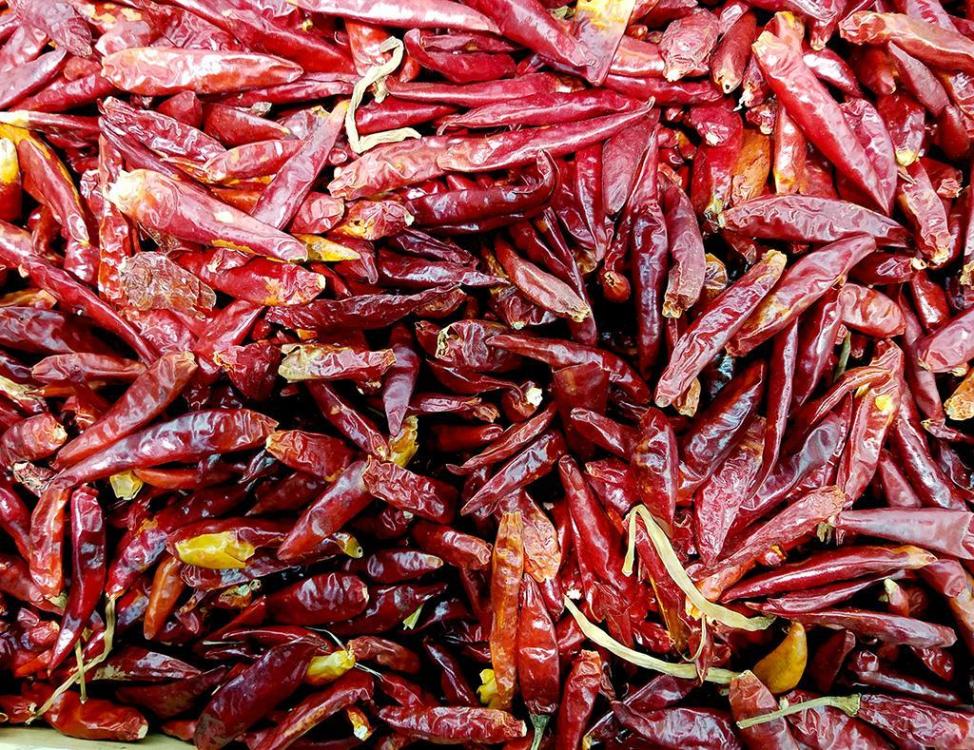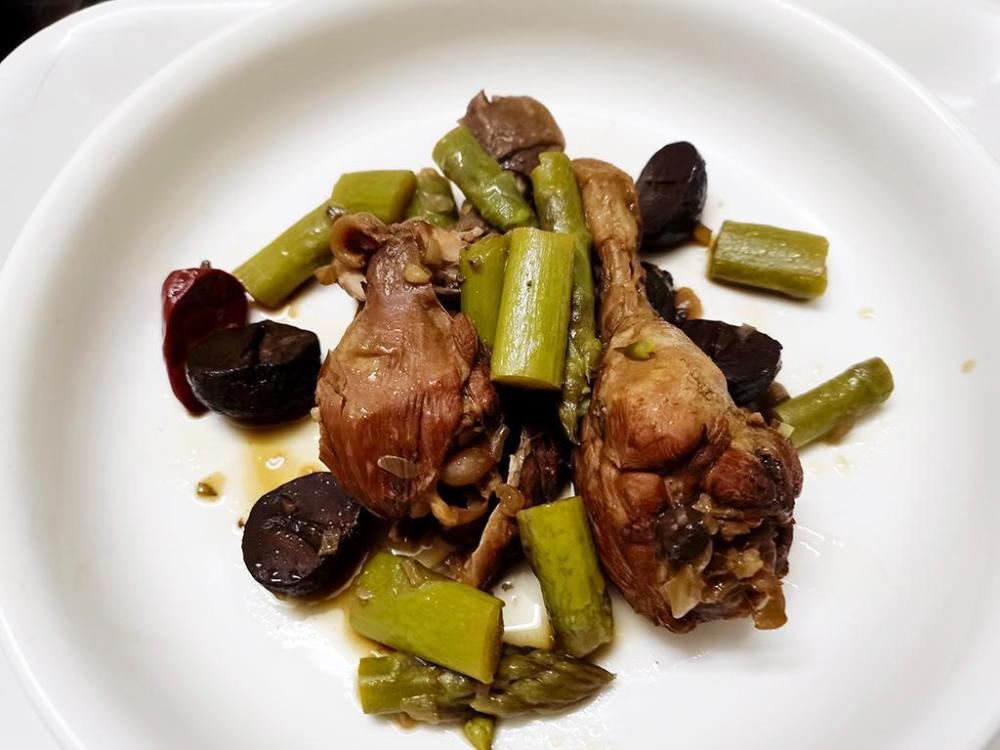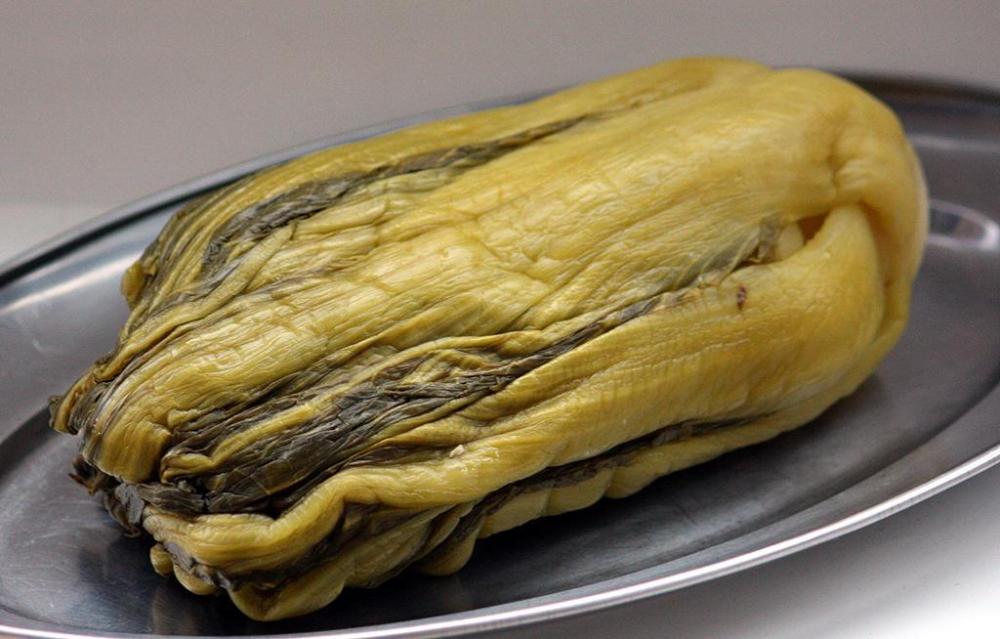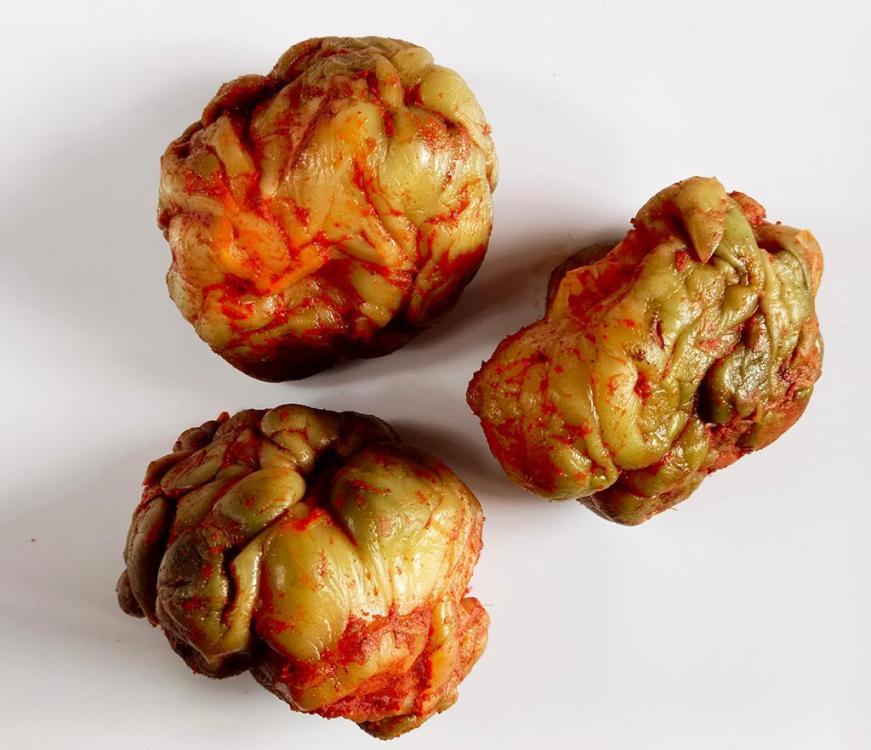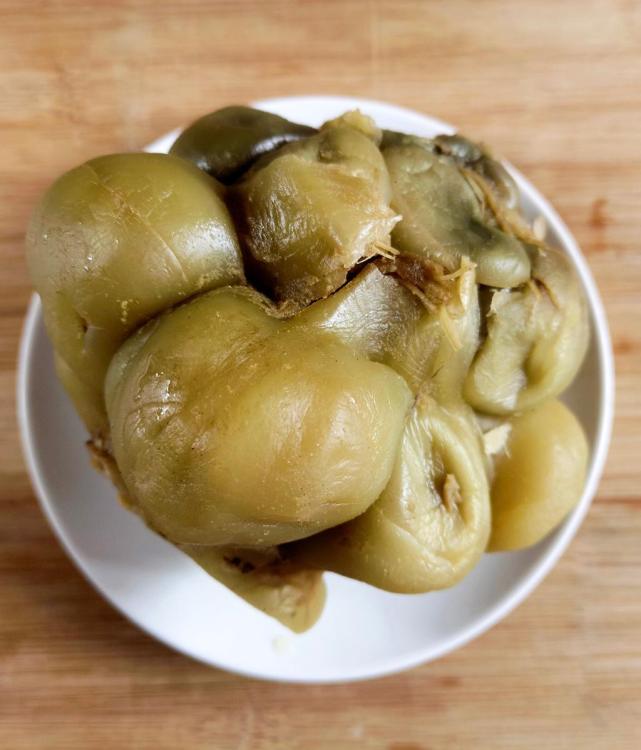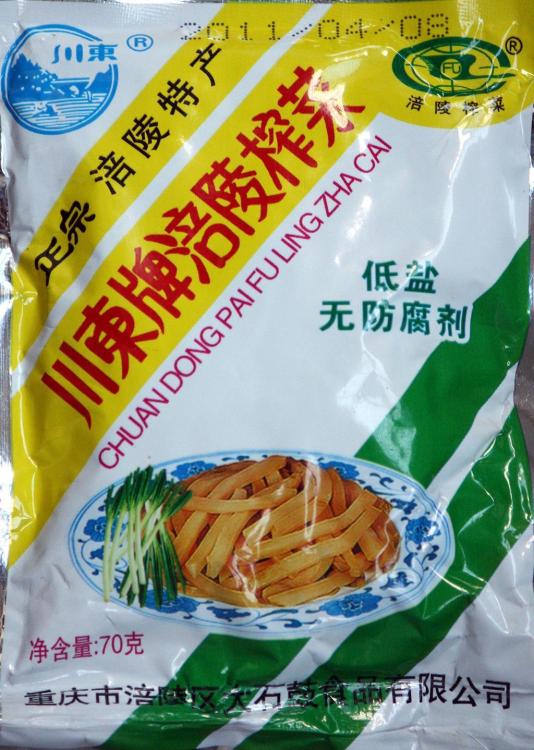-
Posts
16,552 -
Joined
-
Last visited
Content Type
Profiles
Forums
Store
Help Articles
Everything posted by liuzhou
-
There is a thread on Chinese language cookbooks I started in 2014 here. Nothing much has changed.
-
Carolyn is a member here @Carolyn Phillips, but hasn't been active for over four years. She knew me from here and contacted me privately when she was researching her book, to ask some questions about Guangxi cuisine. We had a few conversations then and have done since. The book is a good introduction, but with only a half dozen or so dishes from each of 35 cuisines, is necessarily limited. Thank you! I would say more that to fully understand Chinese cuisine (no one ever will) you have to eat it in China. Chinese language cookbooks are very different from western cookbooks. They often assume a lot of prior knowledge and suggest things like "Add the correct amount of ..." "Cook until cooked" "Serve in the usual way" etc. I have a few, but I couldn't really recommend any of them. Several of my friends were amazed by Fuchsia's Sichuan book. It has been translated into Chinese and they have all bought it!
-
-
Beyond the Great Wall by Alford and Duguid (eG-friendly Amazon.com link) is an interesting read on the food of China's minorities.
-
There are literally hundreds of books on Guangdong cooking. Cantonese is by far the most popular style outside China. Not my favourite,though, so no particular recommendations Guangxi, as noted in All Under Heaven by Carolyn Phillips because I told her so*, has no distinctive cuisine, but instead leans towards Cantonese in the south and east, but more to Hunan and Guizhou in the north and west. We also get a lot of thecuisine of the DOng, Miao and Yao etc ethnic minorities. I have never found a book on Guangxi food, even in Chinese. I live in the centre where we get both. *She was kind enough to mention me in the acknowledgements.
-
Odd breakfast, but it was the second one of the day. I got up at 5 am and had some coffee and toast, but then went back to bed! So this is more like brunch, perhaps. Prawns with egg and garlic scapes Celtuce with garlic and ginger.
-
Apron ties at the back are safer. Less likelihood of @CentralMAsyndrome.
-
According to Wikipedia, "the name of the dish is a homophone for union ... ... 团圆; pinyin: tuányuán)" Whoever wrote that drivel clearly doesn't know what a homophone is because that ain't one! Also, 团圆 doesn't mean 'union'. It means 'family reunion'. And today, there are precious few reunions on the Lantern Festival. Quite the opposite. Most people will have returned to work by then. It then goes on to say "The round shape of the balls and the bowls in which they are served symbolize family cohesion." Maybe once; not now. The Lantern Festival is held on the first full moon of the lunisolar calendar. The balls resemble the moon.
-
That looks beautiful. I'll give the rest a miss, if you don't mind. 😃
-
Not one I've heard of. But I find the two are quite different.
-
Today (Feb 15, 2022) or Day 15 of the First Month of the Year of the Tiger marks the Lantern Festival, the last day of the Spring Festival which began on Chinese New Year's Day (February 1st, this year). Traditionally, today almost everyone will be eating 汤圆 (tāng yuán, literally 'soup balls') which are boiled balls of sticky rice stuffed with black sesame paste and served in a hot, sweet syrup. Utterly horrible, in my opinion, but what do I know? I'll be having a steak, mushrooms and chips, thanks! Other versions do exist, including savoury tang yuan, but they are very much in the minority. Equally horrible. The coloured ones contain taro, but are unusual.
-
No difference. It's just that Sichuan uses potato starch more, but it doesn't matter..
-
I too find the Woks of Life very hit and miss. I have never even seen Thai chillies here in Sichuan. That is a huge miss. For astart Mapo Tofu traditionally uses beef and not pork as they claim. And the chilis are all wrong. The brand of doubanjiang you found is fine. Pixian Doubanjiang has Protected Geographical Index rating in China and they do enforce it strictly. Fuchsia Dunlop's recipe is as good as it gets and very much identical to anything I've eaten in Sichuan. If it is still too bland for you add more of the ground chili. Below, for entertainment value only, is a photo of the mapo tofu recipe in one of my Chinese language cookbooks entitled, Everyday Family Sichuan Cooking. Not a Thai chili in sight. Don't worry about the colors shown in the finished dish - the photographs in that book are alll washed out! It's redder than it looks.
-
I have a couple hanging in the kitchen. I dust them about once a year. They haven't been worn since Chairman Mao was a boy!
-
I won't agree lower quality (depending where they came from) but certainly fewer vegetables. While some are made with puff pastry, Forfar bridies, the original and in my opinion best, use a shortcrust pastry.
-
I have been Scottish all my long life, have eaten a zillion bridies and have never seen or heard of bridies containing oats.
-
My fridge is warmer than the kitchen at the moment!
-
I should add that for the true mapo tofu experience you need 辣豆瓣酱 (là dòu bàn jiàng). Variations of doubanjiang are made all over China (and doubtlessly elsewhere), but the one you want for mapo tofu is this one. The 辣 (là) means 'hot' as in 'spicy'. Sometimes it may also be labelled 红油 (hóng yóu) which indicates it contains chili oil. The most recommended brand is: Pixian Doubanjiang. Pixian is a city in Sichuan famed for its high quality doubanjiang. It is sold internationally, both in jars and in these plastic pouches. Another excellent brand, also from Pixian is Juancheng doubanjiang. I'm not sure how internationally that is sold, but in the USA, Mala Market stock it.. Juancheng Dobanjiang Others can be very unspicy, especially the Cantonese variety.
-
As @KennethThas noted, Thai chilis are not traditionally used in Chinese cuisine. In fact, I would strongly caution against doing so.They are far hotter and have a different flavor than the traditionally used varieties in Sichuan. If you subbed them for the Sichuanese varieties in the same quantities, you would have mapo inedible. The traditional chilis used in Sichuan are 朝天椒 (cháo tiān jiāo), 'facing heaven chilis' or the similar 七星椒 (qī xīng jiāo), 'seven star chilis'. Dried Facing Heaven Chilis - 朝天椒干 (cháo tiān jiāo gān) They are used pickled and dried (whole and ground). 豆瓣酱 (dòu bàn jiàng), 'chili bean paste', sometimes transliterated as 'toban-djan' is also used. It is made using 二荆条辣椒 (èr jīng tiáo là jiāo), erjingtiao chilis, another common, distinctive tasting chili in Sichuan. Mapo Tofu normally only contains the chili bean paste and (only sometimes) ground dried facing heaven chilis.
-
I just found it in a cupboard I would have sworn I haven't opened in a year. Definitely poltergeists at work.
-
I'll try not to do what I did this morning. Lose my kettle. I mean it has its own place in the scheme of things and in the kitchen and there it was not there this morning. I have spent all day looking for it without success! Found my long lost potato ricer though I find it somewhat dysfunctional for boiling water. I had the kettle this morning and haven't thrown out anything all day; I haven't been out all day. My home must be haunted by spirits of long-deceased anti-kettle activists idiots.
-
I'll be first to say not the prettiest dish, but it tasted just fine. Braised chicken legs (bone in) with black garlic and asparagus. Zhejiang black vinegar and Vietnamese fish sauce in there, too. And some Sichuan chilli peppers. I don't mess about! Served with crusty baguettes because I was too damned tired lazy to cook rice!
-
Here is Sichaun style 酸菜 (suān cài)). This is made by fermenting 芥菜 (jìe cai), a type of leaf mustard, in large pots with salt and leaving it for around 30 days while being pressed by heavy weights. This is usually sold with some of the juices drawn from the mustard during processing. Suancai Here is 榨菜 (zhà cài), also from Sichuan (specifically from Chongqing which until 1997 was part of Sichaun, but now ruled directly from Beijing). It uses a different type of mustard and is made by salting and pressing as above, but it is then dried and covered in a chilli paste then left a bit longer. Zha cai Sometimes, but not often, the chilli paste is removed before consumption. Cleaned zha cai. Both suancai and zha cai are often sliced and sold bagged in supermarkets. This below is zha cai from Fuling, a town in Sichuan, famous for its quality zha cai. Both are also made in other nearby provinces.
-
Hunan certainly does. But it's different from the Sichuan variety - which my brain automatically switches to when I read 酸菜. I should have been clearer but it was 5 am. The menu doesn't mention 酸菜, but does mention (item 58) 榨菜 (zhà cài), which is different.


